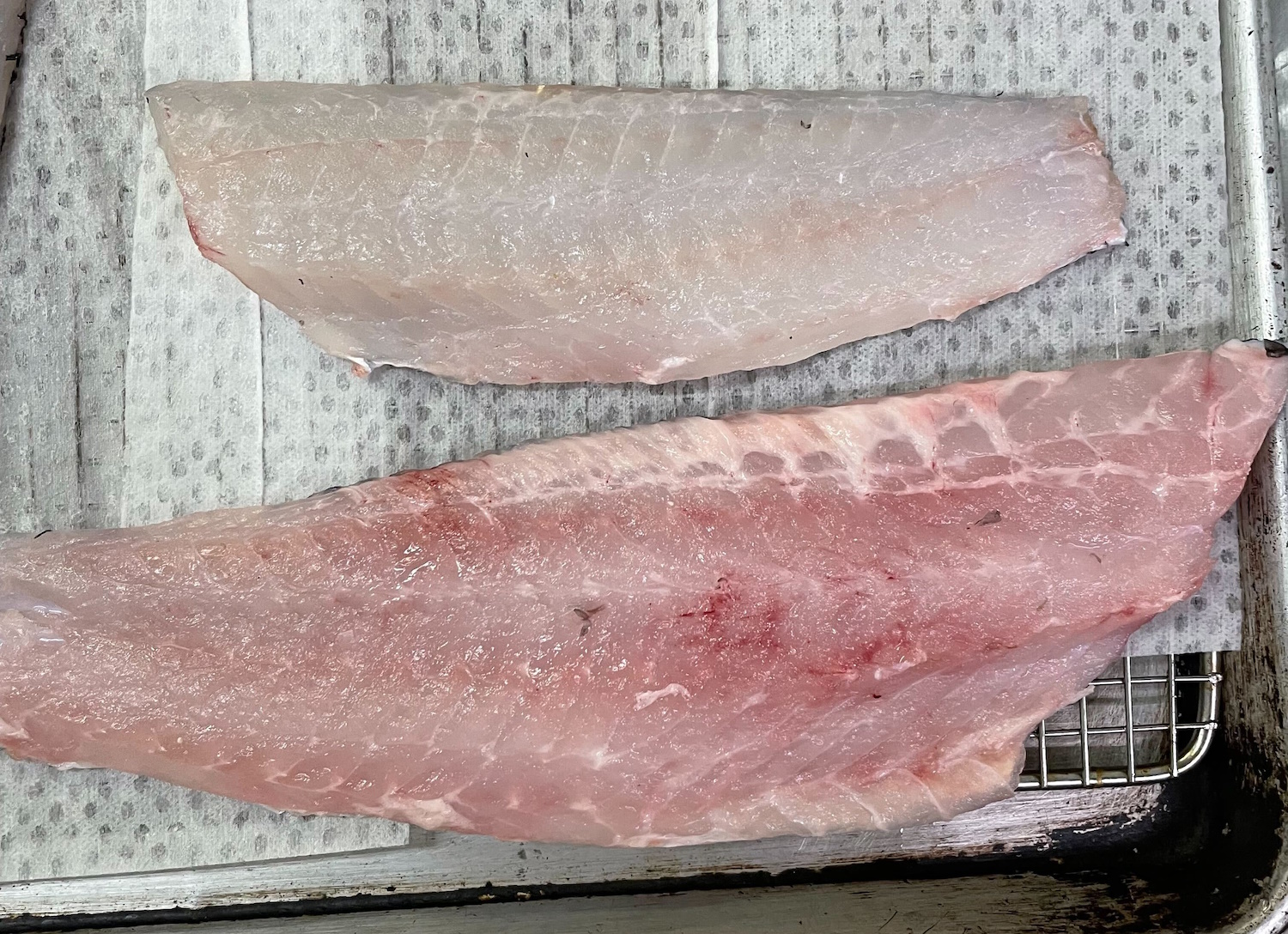
Catching fish is an inherently messy business, what with being out in the sea, slippery creatures crawling on it and all the pieces else. Shinkei is working to improve it with an automated system that ships fish in a more humane and reliable way, which could result in a completely different seafood economy.
On many fishing vessels, fish suffocate, thrash and injure themselves on board, increasing the likelihood of bacterial infection, shortening shelf life and compromising taste.
One alternative is a Japanese technique called ike-jime, which principally boils down to piercing the brain quite than a long-term, dirty death. However, this requires some expertise, and a person can only handle so many fish. This is where Shinkei comes in: automating the process so that the fish don’t suffer and the resulting meat is more durable and of upper quality.
When I last spoke to the company in 2022, it was deploying its first prototypes on ships to test in the unpredictable maritime environment. The machine holds the fish in place, identifies its species and shape, and on this basis it may well determine exactly where the brain is situated, which it punctures quickly and precisely. This is the end of the fish, but it still needs to be bled, which takes place immediately afterwards in an ice bath.
Founder Saif Khawaja told me that Shinkei has since improved its machines to be more reliable, moving away from water-based spikes to mechanical spikes, along with other improvements that are made because it goes from prototype to production unit.
The improved machines will also be connected modularly, allowing for parallel processing streams. The computer vision stack that analyzes fish in the block is also being improved, with recent fish types also being added.
And after all, the company raised money: $6 million, which should help it move from pilot to production. The goal is to have 10 machines in actual use by the end of the 12 months. Shinkei is also working on a second machine that performs a second operation, essentially destroying the spinal cord so that no trace of the central nervous system stays – one step closer to a fillet.
On the left, a prototype Shinkei machine on a fishing boat. Co-founder Saif Khawaja, right. Image credits: Shinkei
Khawaja sees shinkei and the automation of the technique and ike-jime as the potential starting of major changes in the seafood economy. It’s not only that he hopes a more humane harvest method will work – there are a variety of knock-on effects that could possibly be far-reaching.
The problem with the seafood industry is that it creates a huge amount of waste, undoubtedly in part because the oceans are considered an inexhaustible resource. By the way, they are not! And overfishing is driving many fish to effective extinction.
One a part of this waste is that fish simply won’t last long as a premium product. We all saw the signs: fish, market price, delivery this morning. Because tomorrow this fish will only be good for a barbecue with sauce or in a salad, and the next day it would be compost or animal food.
Consumers and restaurants accept this just as we once accepted the incontrovertible fact that milk had to be delivered every few days because it went bad. When packaging technology made it possible for milk to last for weeks quite than days, it modified our relationship with it. Similarly, when the FDA mandated the humane slaughter of cows in the Nineteen Seventies, it became the recent standard, along with the costs and associated changes in the supply chain.

Fish caught using the Shinkei system, top and traditional bottom – showing tissue damage and contamination that lead to faster spoilage. Image credits: Shinkei
Khawaja hopes a similar transformation occurs with seafood. Fish killed using the ike-jime method quite than any other method live much longer, retaining their excellent flavor and texture for perhaps a week quite than a day or two. The entire degradation process is slowed down.
This means the restaurant may not have to buy as much fish, a quarter of which it might throw away, but can pay more for less, higher-quality fish that may last more. This type of change can transform entire industries.
For example, over the last few a long time we have seen huge numbers of meat processing employees move abroad. Khawaja mentioned that one billion kilos of salmon alone was sent to China for processing because it doesn’t make financial sense to do it here, where people demand higher wages.
If the value of an individual fish increases and it becomes easier to process locally, it might mean that the economics of processing abroad (a bit absurd to begin with) not make sense. You can fish here and stay here, as can all industrial-related jobs.
Higher value fish can even put negative pressure on overfishing. If a boat can make the same amount on 700 fish because it used to on 1,000, that also changes things. Fewer boats will have to harvest crops well above legal or ethical levels to survive as a business.
“This is a net efficiency gain across the entire supply chain,” Khawaja said. “I actually think the problems are particularly acute in the seafood industry, and many of those jobs are dangerous. I worked as a sailor and almost died! I don’t desire it to be a fully automated supply chain, but I do want to eliminate unsafe jobs and allow expert employees to shape the recent environment.”
The financing round was led by Cantos along with 8VC, Impatiant Ventures, Susa Ventures, Carya Venture Partners, Ravelin Capital, Red & Blue Ventures, Undeterred Capital and existing investors.

